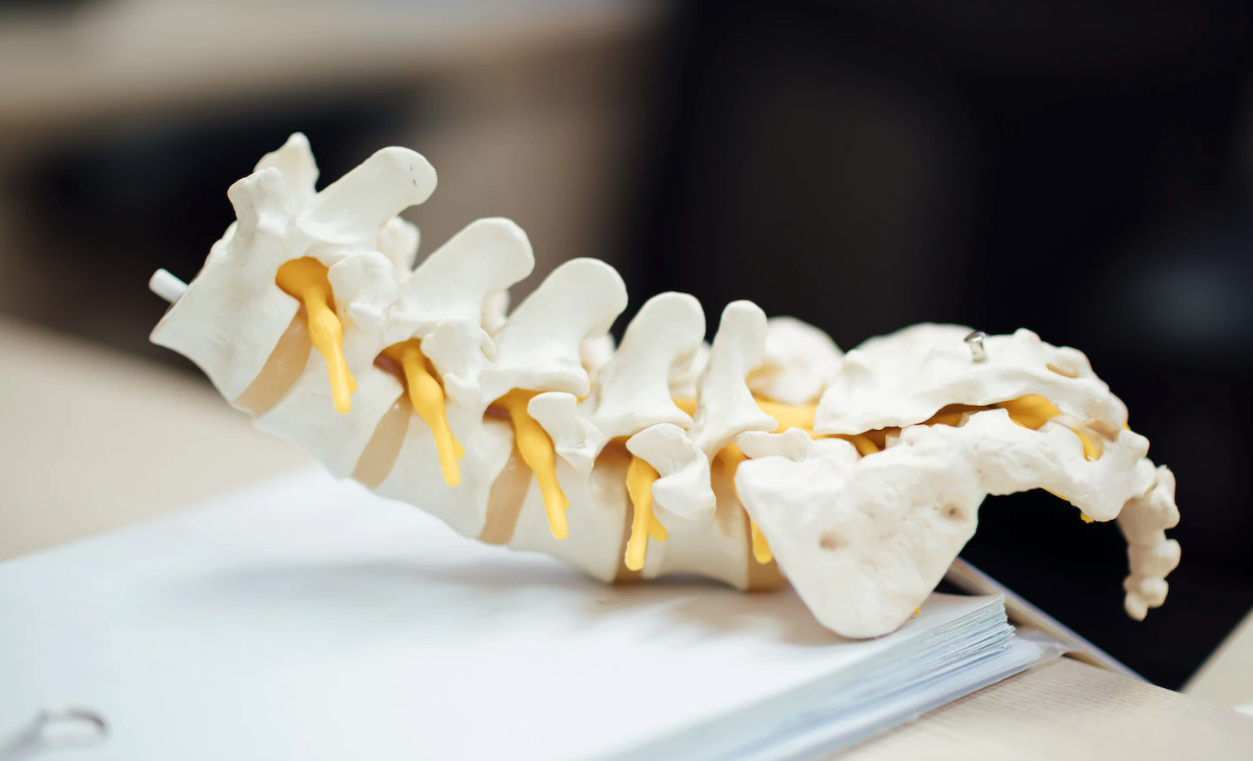Throughout my time as an Allied Health Practitioner, I’ve often come across clients that have had pain for longer than the normal expected duration of pathology or an injury. In a normal acute presentation, tissues go through a natural healing process and eventually, the brain and the body, including the nociceptors (danger receptors), will cease, and the pain situation will resolve, the healing will have concluded.
If pain persists beyond that period for that tissue or injury, we would classify this as chronic or persistent pain. Chronic/persistent pain is less about tissue damage and more about the physiological changes that have occurred in the nervous system at the level of the tissue/s, spinal cord and brain.
In Australia, 1 in 4 of us currently experience a chronic/persistent pain state, which defies expected tissue healing times. In 2018, chronic pain in Australia was estimated to cost $73.2 billion, comprising $12.2 billion in health system costs, $48.3 billion in productivity losses, and $12.7 billion in other financial costs; however, these figures say little about suffering.
Persistent pain does not have to be the stereotypical presentation of the condition ‘taking over your life’ and stopping you from working (although it can). It could be the reoccurring back pain or the niggling foot pain, or the persistent neck pain that has been there for months. Broadly speaking, the literature defines any condition that has been evident for more than three months to be classified as chronic or persistent.
What is pain, you ask? The International Association for the Study of Pain (IASP) defines pain as “an unpleasant sensory and emotional experience associated with actual or potential tissue damage or described in terms of such damage.”
Much of the complex pain science currently being thoroughly researched can be reduced to a simple formula, “we will have pain when our brain has increased credible evidence of danger to our bodies as opposed to the credible evidence of safety to our bodies.” Any evidence of danger so you can increase your protective responses of the body like pain.
Pain is a biological event that can change, and the best way to overcome pain is through education and knowledge. The best way to implement knowledge is with our brain. Each pain experience is individual, personal, and real, and it’s crucial for healing that the client needs to feel heard through listening to explore all the contributing factors to the individuals’ pain and what the pain means to them.
The health of our tissue also plays an important role in sending danger messages to our brain; our brain will add context through thoughts, feeling, previous experience, and other dangers and will evaluate and scrutinise the ongoing situation. If your body perceives that a particular body part is in danger and in need of protecting, then pain may be produced to alert you to a danger and to change your behaviour.
When we are in pain, many areas of our brain are in action at the same time. Scientists used to think pain presentations within the brain only focused on one area; however, we now know that with any one pain presentation, over 400 areas of the brain can light up at once. These areas relate to smell, taste, hearing, mood, previous experiences, movement, environment, and many other factors, including hormonal states, immunity, and lifestyle. An exciting protective mechanism to ensure we survive.
What you hear and what you say directly influences your pain presentation. This information provides context to a situation; however, not all information is helpful.
It’s important to surround yourself with the right team of practitioners and individuals to assist you in strategies to move forward. Exploring valued goals and activities and finding ways for the individual managing chronic pain to engage in despite the pain presentation. Changing the relationship to pain and engaging in what you love and value is an important treatment in reduction of disability.
I attended a seminar by Physiotherapist and Educator David Butler on this exact topic. Arthritis Victoria organised it, and the title was “Treating Pain by Using the Brain”. Within this talk, David debunked some of the language and information clients receive as individuals that could aggravate or “flare up” your pain state. He also speaks about metaphors that we typically use to describe our situation or to describe the pathology that may or may not be helpful when thinking about our personal pain state.
Below is the link to the seminar (duration of about an hour), and if you are someone in pain, have had long-term pain or know someone that is in pain, please take the time to watch this, and it will assist you in thinking of the brain and pain a little differently. To protect us, the creation of pain within us is now understood to no longer be created by the tissues of our body alone but also involves an intricate output from the brain and the nervous system. I think that’s amazing and a revolution to helping individuals further.
David Butler and Lorimer Mosely, two leaders in the treatment and management of chronic/persistent pain, have created a book to help sufferers of chronic pain. David and Lorimer created the “The Explain Pain Handbook: Protectometer”, which gives practitioners and clients an interactive way of exploring each patient’s unique pain story. The book introduces the concept of the Protectometer, a tool used to explore and identify how concepts and situations in your life influence your pain. The tool helps clients to identify DIM’s (Danger in Me) and SIM’s (Safety In Me), allowing exploration of things that may aggravate the pain presentation (DIMs) and the things that downgrade or quieten the nervous system or pain presentation (SIMs).
If you have been living with pain and are looking to make a change, this book will offer helpful insights to help you understand your pain, with practical advice so you can get to work on overcoming your pain. Further information can be found on the NOI group’s blog
http://noijam.com/2015/03/12/dim-sims/
If you wish to further discuss your own individual pain presentation or situation, please reach out; there are always options, and sometimes it just takes a little exploration.



